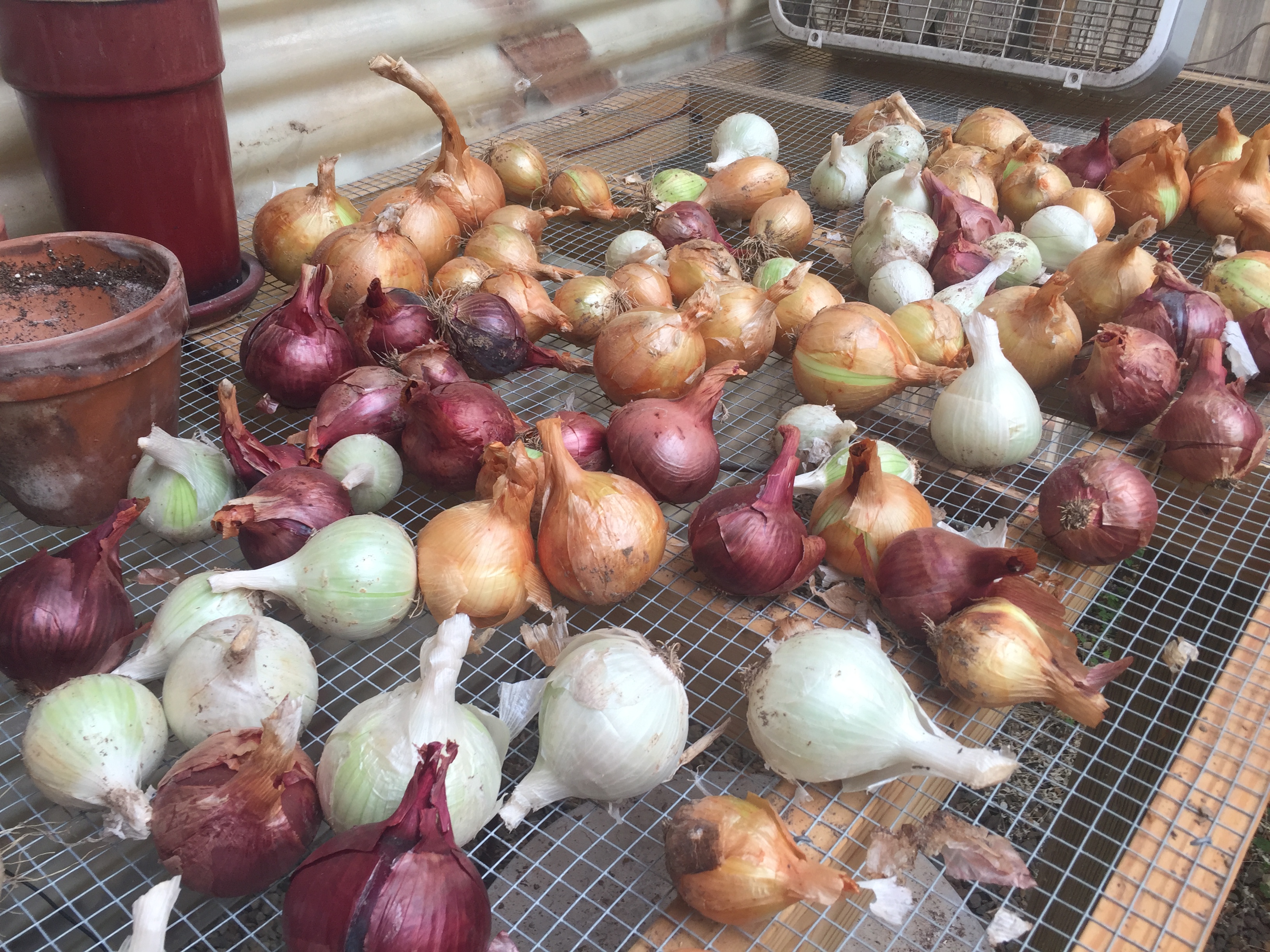Resource Library
Plant of the Week: Onions and oil
These are strange days, and none seem stranger than when, on April 22, the price of a barrel of crude oil fell into negative territory. The traders on the futures market were faced with a deadline. May futures for crude were coming due, but the world was awash in a sea of oil and all the storage spaces were full. With no buyers, the traders had to pay people to take the oil off their hands or risk having train cars full of crude show up at the nearest side track. It had happened before, but with onions.
The futures market has always been touted by economists as a way of stabilizing markets and assuring a steady and proportioned supply of goods into the market place. As a non-economist, I’ve always looked at it with more suspicion, suspecting that it was a way for middlemen to skim off some money between buyer and seller.
It exists in lots of agricultural markets, however, selling everything from pork bellies to soybeans. But not onions — not anymore. Traders bet on what the price of a particular commodity will be some six to 12 months in the future. As we all know, lots of things can happen – from droughts, political instabilities, trade embargos or even pandemics – that can make market prices go up or down. It is not a game for the faint of heart.
Onion futures trading began in the mid 1940s, and by the mid 1950s, was the hottest single commodity on the Chicago Mercantile Exchange, accounting for 20 percent of their volume. An onion farmer and commodities trader in upstate New York named Vincent Kosuga (1915-2001) partnered with another trader named Sam Siegel in 1955, with the intention of cornering the onion market.
He started by storing as many onions as he could get from the fall 1955 harvest on his own farm. In October of that year a 50 lb. bag of onions was selling on the exchange for $2.75. Kosuga and Siegel started buying onions and onion futures contracts in Michigan, Texas and even California, and having them shipped to Chicago warehouses, where they amassed 30 million pounds. By the time they were through, it was estimated they controlled 98 percent of the onions in the country. So many onions were shipped to Chicago that shortages occurred in other parts of the country.
In futures trading, money can be made when prices rise or fall. If you control the market, you alone can decide what the market will do. In the winter of 1955, Kosuga and Siegel began selling these onions back to the brokers from whom they had purchased them in the first place, but at higher prices. Because the price was artificially high, they sold contracts to traders for spring delivery at this inflated price. Then they started flooding the market with onions, and by March of 1956 that $2.75 bag of onions was now worth $0.10. Kosuga and Siegel pocketed the difference between the high and low price. Kosuge was estimated to have made $8.5 million ($82 million in today’s money) in the venture.
But even at 10 cents a bag, there was no market for the onions. Traders who held the paper on these onions tried to give them away but many were simply dumped in the Chicago River. The thought of actually having to take delivery of crude oil explains why the prices went negative in the current fiasco. The onion market was in disarray and farmers in 1956 found no market for their crop, even though they had not participated in the scheme.
After the dust settled, then-Representative Gerald Ford of Michigan sponsored the Onions Futures Act that President Dwight Eisenhower signed into law in 1958. The law banned futures trading in onions, a ban that remains in place to this day.
For more information about horticulture or to see other Plant of the Week columns, visit Extension’s Website, www.uaex.uada.edu, or contact your county extension agent. The Cooperative Extension Service is part of the U of A Division of Agriculture.
